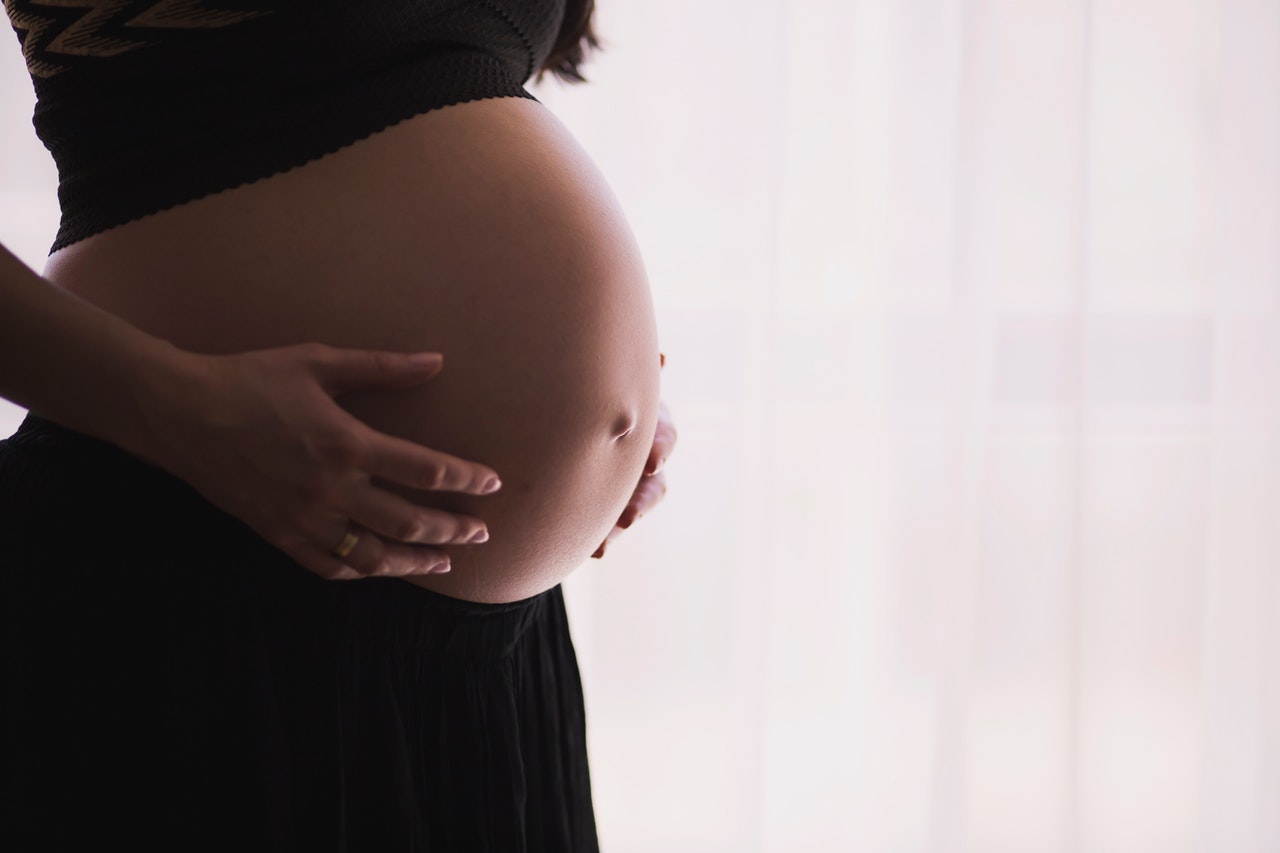
Congratulations! You’re pregnant, and you’re already anticipating the day that you get to see and hold your precious little one for the first time. Thinking about such a joyous moment prompts the important decision to have a Cesarean delivery (C-section) or a natural delivery. The paramount objectives of both procedures are the safety and health of both the mother and the baby. So when choosing between the two options, there are factors you need to consider. These factors mainly include the complications and risks involved, healing, and recovery duration.
Natural Birth
Natural birth is also termed a vaginal delivery. It can occur either with or without medical interventions or pain drugs. Vaginal deliveries are usually associated with relatively shorter hospital stays and faster recovery times. Some women may decide to give birth naturally without pain medications, while others may get opt for pain drugs to ease the pain of labor. Listed below are common medical interventions that are available for natural births.
- Episiotomy (surgical incision to prevent tearing and birth injury)
- Vacuum extraction or a forceps delivery (assisted vaginal delivery)
- Pitocin (for labor induction)
- An amniotomy (artificial bursting of your water)
Vaginal delivery occurs typically in a birthing center, hospital, or at home. Some women may request medical intervention such as epidural to reduce the labor pain. Nevertheless, you will likely experience three phases of labor before actually giving birth: early, active, and transitional. A doctor, nurse, or birthing expert will examine your cervix to determine your labor stage. When your cervix dilates to 10 centimeters, it means that you are completely dilated, therefore, prepared to push the baby out. Your medical team will guide and support you while you push so that the child can move down the birth canal. After your child’s delivery, you will still experience minor contractions as you get ready to birth the placenta.
The choice to have a natural birth should be left up to the mother. However, in some cases, a natural birth may not be possible if the mother’s health or body don’t permit a natural birth as the best option or if the pregnancy is medically considered to be high-risk. Any complications with the baby may also eliminate a natural delivery as an option. Here are some more specific cases in which a natural birth may not be the best delivery method for you:
- You are over 35 years of age
- You have diabetes, high blood pressure, or blood-clotting issues
- You have an active STI/STD outbreak on your genitals at the time of labor
- You have had a C-section before
- You are carrying more than one baby
Nevertheless, be aware of your candidacy for a natural birth before giving birth. Consult with your OBGYN or birthing expert to ensure that a vaginal delivery is a safe and healthy option for you and your baby.
C-Section
A C-section involves a surgical process to deliver your child by having incisions made in your abdomen and uterus. C-sections are typically done under regional anesthesia, mostly epidural and spinal blocks, to numb your lower body. C-sections can be elective birthing options, but sometimes they are medically necessary. And, usually, the reasons that prevent mothers from getting vaginal deliveries are the same reasons that make a C-section a more viable option. Here are just some reasons why a C-section may be the best delivery method for you:
- Stalled labor (lack of labor progression/cervix dilation)
- Abnormal position of the baby
- Prolapsed umbilical cord
- The baby is in distress
- The baby is predicted to weigh over 11 pounds
C-section delivery differs from natural birth in that it is a surgical process that can last under an hour, while vaginal birth can take hours. Typically with C-sections, your obstetrician will cut through your abdomen and womb to deliver the baby. After childbirth, the obstetrician will cut the umbilical cord, remove the placenta then close the wound. Also, reuniting with your child may take longer with C-sections than with natural deliveries.
Healing and Recovery
The first six weeks after delivery are termed the recovery period, as it refers to the time that your body rests and heals properly from the stress of delivery. Your recovery and healing from a natural birth depend on interventions received. For instance, if you had an episiotomy, recovery may be more painful, and you may need to change some of your daily routines to ensure proper healing. Healing from a C-section is the same as healing from any other surgery, as you are required to remain in the hospital in the initial two to four days after childbirth. After having a C-section, you may find daily routines, such as getting in and out of bed, to be very challenging. You may also have bleeding, mild cramping, or discharge for four to six weeks. C-section scars can also be itchy and painful, but this discomfort is normal.
Risks and Complications
Both C-sections and natural births have risks and complications. Women who give birth naturally may need episiotomy or suffer from a perennial tear that requires stitches and some weeks to recover. Furthermore, most women experience an organ prolapse or complication with bladder control after delivery. After a C-section, you may also experience risks and complications such as blood loss, infections, blood clots, or injury to your bowels or bladder.
Conclusion: Which Is Right for You?
Unless there are pre-existing medical conditions or complications during labor, your delivery plan is your personal choice. However, you need to keep in mind all the risks involved with both birthing options, as your main priorities in labor should be your and your baby’s health.


